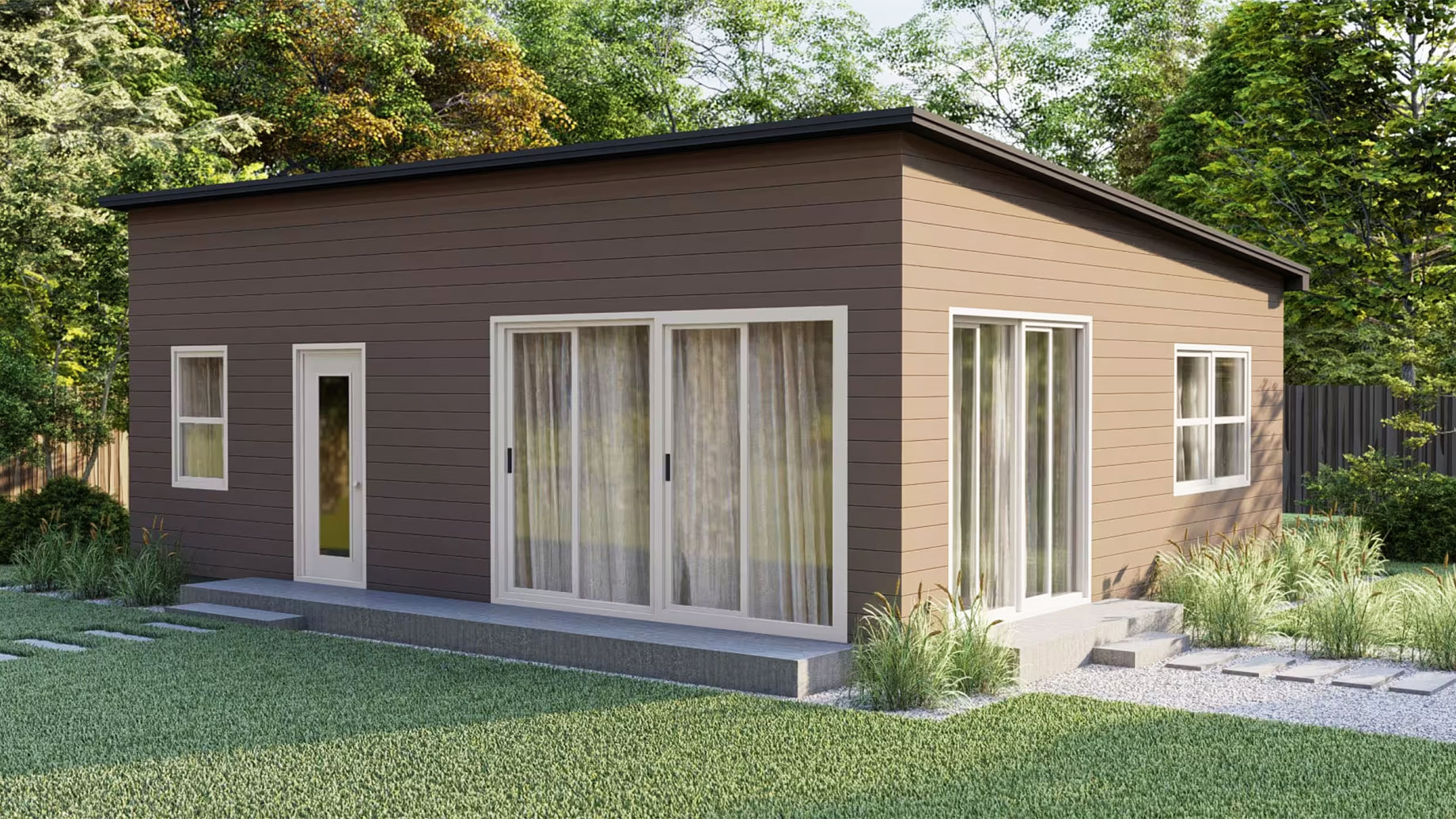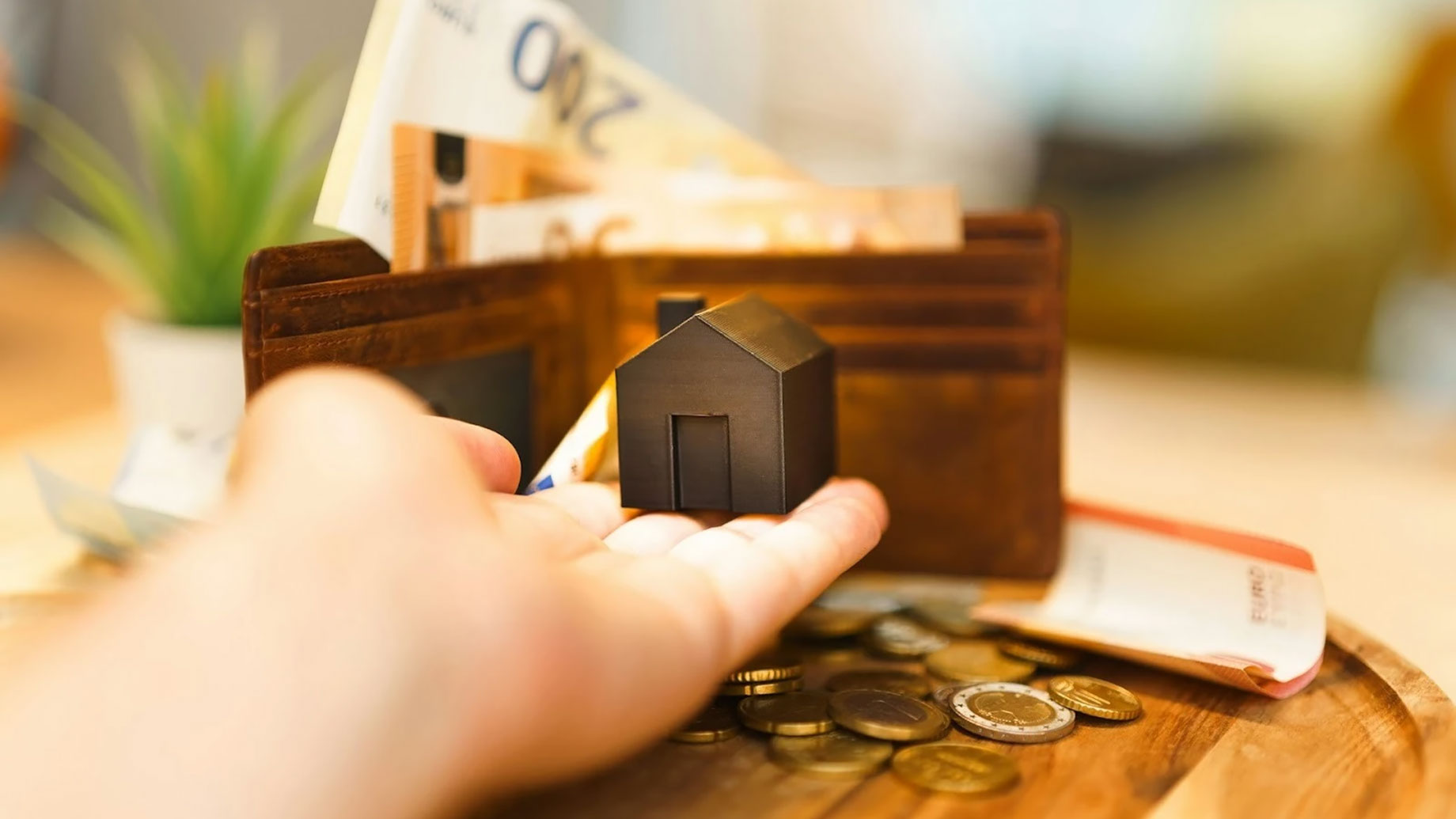
Across California, homeowners are rethinking how they use their property. For many, building an Accessory Dwelling Unit (ADU) isn’t just about more space. It’s about creating flexibility for family, work, or future plans.
Whether you live in Los Angeles or San Diego, building an ADU can open new opportunities. But one big question comes up early: Should you choose a prefab ADU or a traditional ADU?
Both options have their strengths. The best choice depends on your timeline, budget, and design goals. Let’s break down what makes each approach unique, and which might fit your lifestyle better.
What is the Difference Between Prefab and Traditional ADU?
A prefab (also called a modular ADU home) is built off-site in a controlled factory setting. Once finished, it’s delivered to your property and installed on a prepared foundation.
A traditional ADU, sometimes called a stick-built or custom-built ADU, is constructed directly on your property from the ground up, similar to a standard home addition.
At ADUscale, we’ve seen both paths succeed – but for different reasons. Here’s how they compare in real life.
ADU Cost and Timeline Comparison

When it comes to cost, prefab units usually win the ADU cost comparison. Because they’re factory-built, material waste and labor time are reduced. Prefab ADUs typically cost 10-20% less than traditional ones. Most can be completed in 3-5 months, depending on permits and site preparation.
Traditional ADUs take longer – often 6-9 months – since everything happens on-site, step by step. The cost is higher, but so is the level of customization. This approach is frequently chosen by homeowners who wish to maintain the layout or design of their current house.
Quick breakdown:
- Prefab ADU: faster delivery, more predictable cost.
- Traditional ADU: flexible design, higher customization potential.
Example:
In Los Angeles, one of our clients needed a 450 sq. ft. backyard ADU for her retired parents. She chose a prefab model. From foundation to finish, the project took four months – half the time of her neighbor’s traditional build. Both ended up with beautiful homes, but the timelines and budgets were very different.
What are the Advantages of Prefab ADUs?
Prefab construction offers consistency and speed. Since units are built indoors, there are no weather delays or material thefts – common issues in traditional projects.
Key benefits of prefab ADUs:
- Controlled quality and inspection process.
- Lower construction waste.
- Shorter project timelines.
- Fewer surprises with cost or scheduling.
- Eco-friendly manufacturing.
Prefab also allows you to view model options before committing. At ADUscale, clients often visit our partner factories near San Diego to see materials and layouts firsthand. It helps them visualize exactly what they’re getting – no guesswork involved.
Why Some Homeowners Still Choose Traditional Builds

Even though prefab is growing fast, traditional or stick-built ADUs remain popular for homeowners who want a fully custom-built ADU.
Advantages of traditional ADUs:
- Total design freedom – every inch can match your main home.
- Easier to adjust floor plans or materials mid-project.
- Better for sloped or irregular lots where prefab installation is tricky.
For example, a San Diego couple we worked with wanted a two-story ADU above their garage, designed to mirror their Spanish-style home. Prefab couldn’t replicate those details easily, so they went the traditional route. The result blended perfectly with the existing architecture and added significant resale value.
Which Option Fits You Best?
Choosing between prefab vs. stick-built ADU depends on your priorities.
If you value speed, budget control, and minimal disruption – modular is often the smarter route. If you dream of a unique, fully tailored design that integrates with your existing property – traditional may be the better match.
At ADUscale, we help California homeowners evaluate all ADU construction options before making a decision. Our team handles everything from site assessment and permits to installation and final touches. Whether you’re adding a rental unit, a guest house, or a studio space, we’ll guide you toward the solution that fits your goals, your property, and your lifestyle.